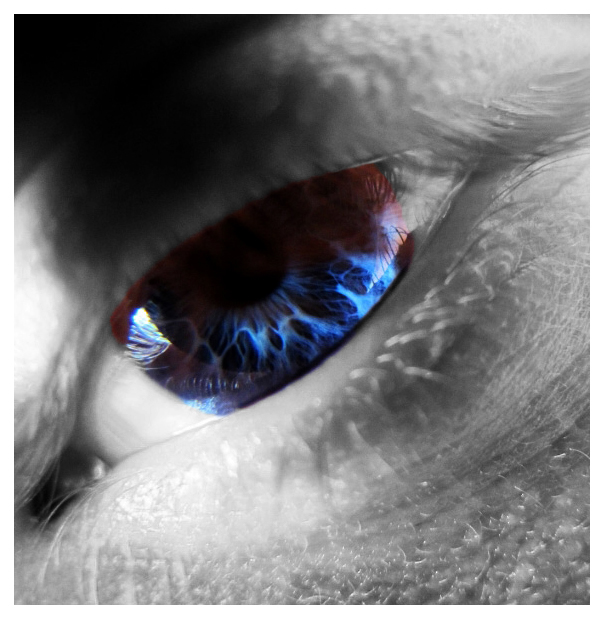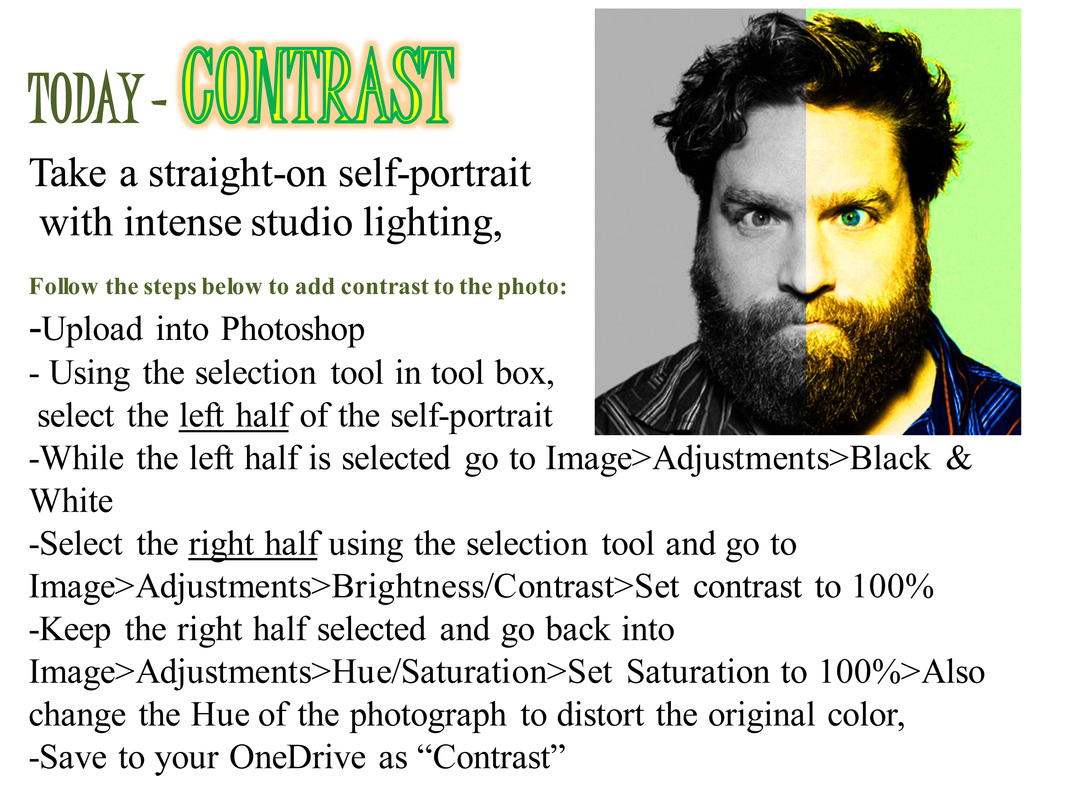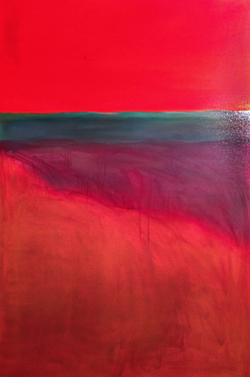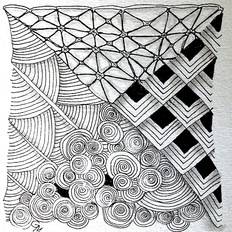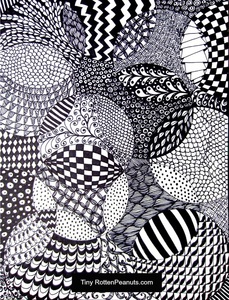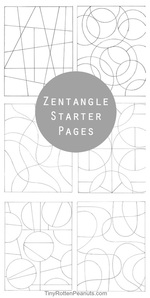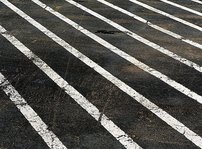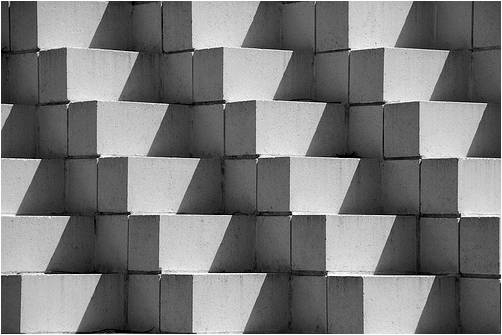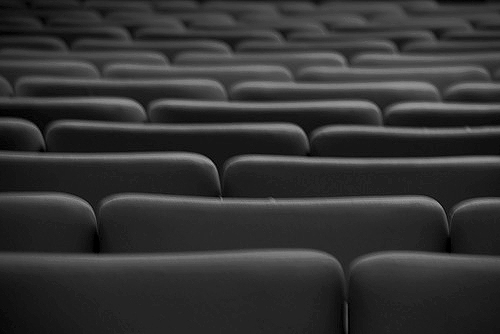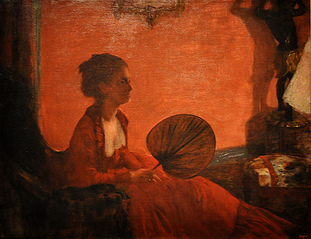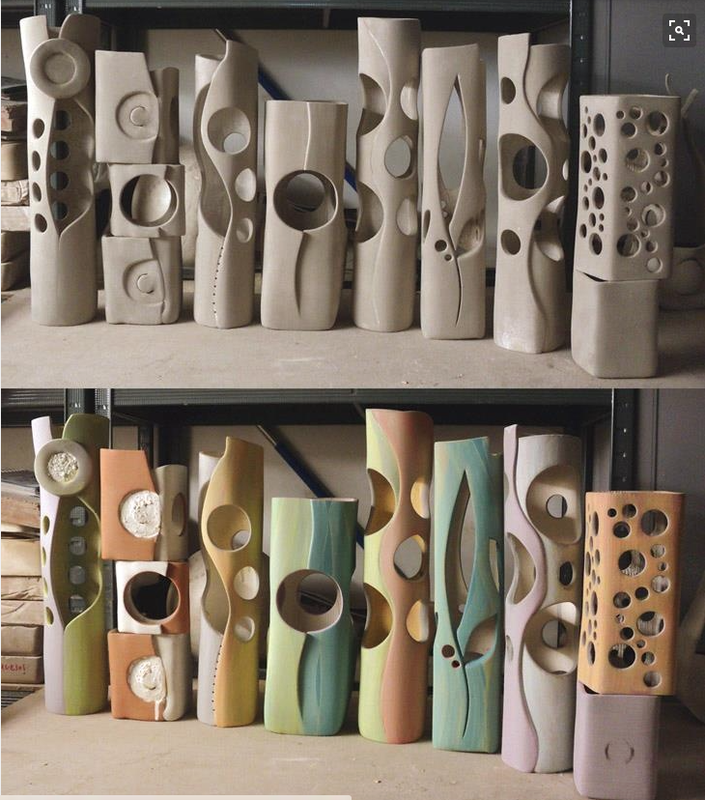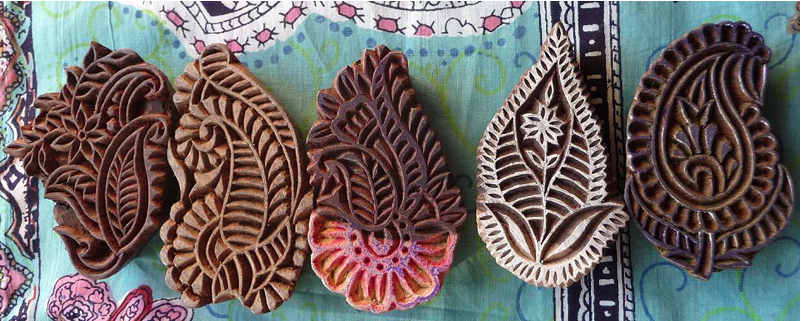| Hello, AP Drawing. Check out the slide show below to get an idea of what I need your to do for this assignment. Please note the above due date of Friday, 2-5-16. | We will also be talking about concentration topics this week. Included in the slide show below are some important details and awesome examples. |
|
Hello, students. Please copy the following written assignment into a One Drive Word document and complete. Note the due date above. Also, prepare for a pop quiz on contrast during the week. Contrast Research Assignment #2, due Thursday, February 4, 2016. 1. What is selective color? 2. What colors provide a high level of contrast? 3. Define tonal contrast in photography. 4. Define color contrast in photography. Contrast Photo Assignment #2, due Thursday, February 4, 2016. CREATING CONTRAST USING SELECTIVE COLOR - Leave at least one object in the photo in color while converting everything else to black and white. 1. Using the selection tool of your choice (Lasso Tool, Quick Selection Tool, Pen Tool, etc), draw a selection outline around the object that you wish to keep in color. 2. While selected>Go up to the Select menu in the Menu Bar along the top of the screen > choose Inverse. 3. Go to the Layer tab>New Adjustment Layer (looks like a yin yang)>Black & White>Ok. 4. Go through Photoshop Lesson #1 to strengthen the photo. 5. Share on your OneDrive>Single Assignments as Selective Color Contrast.
Copy and paste this worksheet onto a document in your OneDrive account. Name _____________________ Contrast Assignment #1 - Due Thursday, January 28, 2016 So far we have studied the principles of design: balance and unity. We should be familiar with symmetrical and asymmetrical balance, approximate symmetry, and radial balance. We should also understand that we can unify our art by using dominant objects, repeating visual units, using certain color schemes, and introducing a certain surface quality/texture in our artwork. This week we will begin studying another principle of design, contrast. Answer the following questions using complete sentences. 1. What is the art definition of contrast? 2. What is the difference between contrast and variety? 3. Why would an artist want to use contrast in his or her work? 4. Think about a visual contrast somewhere here at school. Describe that contrast. 5. Consider the painting below. Describe two contrasts you see. Students, (1) your zentangle sketchbook assignment will be graded at the beginning of class this Friday, 1-22-16. However, this assignment needs to be finished before Friday because (2) you will need to scan it and overlay it onto one of your Unity by Repetition photos taken last week, due Thursday, 1-21-16. Also, (3) Unity Assignment #3 is due in OneDrive Wednesday, 1-20-16. 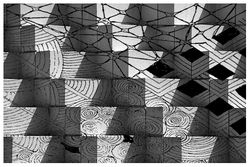 (2) (2) Scan Overlay Directions
Unity Assignment #3 Answer in complete sentences with subjects and verbs. We have studied BALANCE. You should be able to identify symmetrical balance, approximate symmetry, asymmetrical balance, and radial balance. We are studying UNITY. You should understand that an artist can have a dominant object in an artwork that will help unify it. You should also understand that an artist can select a particular color or color family to unify an artwork. Repetition of objects or shapes can also help unify an artwork. Now we will learn that an artist can unify his artwork by manipulation of surface quality or texture. - - - - - - - - - - - - - 1. Write an art-related definition for texture. 2. What are four ways to create unity in an artwork? 3. How can varying the surface quality or texture of an artwork make it more interesting to look at? 4. Insert one black and white photograph you have taken that is unified by texture. Good morning, students. Follow Miss Gallagher's demonstration to create an awesome zentangle for Sketchbook Friday! Due next Friday, January 22, 2016. AP Photo students, create a series of three black and white photographs that are unified by repeating the same or similar shapes. Upload into your One Drive account into a folder called Repetition. Due Thursday, 1-14-16. AP Photo students, please copy into a One Drive document just like you did last week. Unity Assignment #2 Due Tuesday, 1-12-16. Answer in complete sentences with subjects and verbs. We have studied balance. You should be able to identify symmetrical balance, approximate symmetry, asymmetrical balance, and radial balance. We are now studying unity. You should comprehend how the use of a dominant object unifies an artwork. Now we will see how the use of color and repeated objects can help unify our artwork. - - - - - - - - - - - - - Respond to the following items. 1. Define unity in your own words. 2. Define the following as they refer to color:
3. Find a photo on the internet that uses repeated objects to help unify it. Paste in the link where you found the photo so that you cite the photographer. 4. In Edgar Degas’ painting Madame Camus below, what is the main way the artist unifies the artwork?
AP Photo students, before the break, we studied the design principle balance. You should be able to identify symmetrical balance, approximate symmetry, asymmetrical balance, and radial balance. Now we will spend a couple of weeks studying the design principle unity. You should comprehend how the use of a dominant element such as color or texture and the repetition of shapes may unify an artwork. Copy the following five items onto a new document in your One Drive account. Label it Unity Assignment #1. Complete these prompts and drop into your AP Photo folder by Tuesday, 1-5-16 (1st period) or Wednesday, 1-6-16 (7th period). 1. Define unity. 2. Why would an artist want his or her artwork to have a sense of unity? 3. Using a dominant object is one way to achieve unity in an artwork. What does dominance mean when we are talking about art? 4. What do you think a subordinate object would be in an artwork? 5. Choose one of your 20 Circles assignment photos that is a good example of unity by dominant object. Paste it onto this document and describe what unifies the photo. This week's photo assignment: What is a vanishing point? Be able to tell me what a vanishing point is when I give you an individual oral quiz (like the types of balance quizzes we had). Shoot a new, very creative photo with a clear vanishing point. Upload to One Drive by Thursday, 1-7-16 (1st period and 7th period). ALSO, SKETCHBOOK DUE FRIDAY. WORK ON IT FOR HOMEWORK. AP Drawing students, what is a paisley? Find a definition. Draw a rough sketch of five paisleys on paper I will provide you (Monday, 1-4-16). Each paisley should be 5" long and 3" wide. Transfer your design to a linoleum block to fit and begin carving (Wednesday, 1-6-16). You will need to size it down. Continue carving and be ready to test print Friday, 1-8-16. Good information on block printing on fabric here. Art 2-D, Level I students, we will continue with oil pastel this week (Monday, 1-4-16 and long day), add a little watercolor to our previously-drawn-in-pencil vegetables (long day and Thursday, 1-7-16), and complete a new sketchbook assignment (work on this for homework--due Friday, 1-8-16). Your work is looking good! |
Archives
November 2019
IdeasThis is a space for answering student and reader questions, explaining techniques and assignments, and sharing thoughts on art and computer science-related subjects. Studio PolicyNo personal electronic devices visible in the art classrooms. No headphones, earbuds, or headphones allowed. Art and computer science students are on task at all times. |
